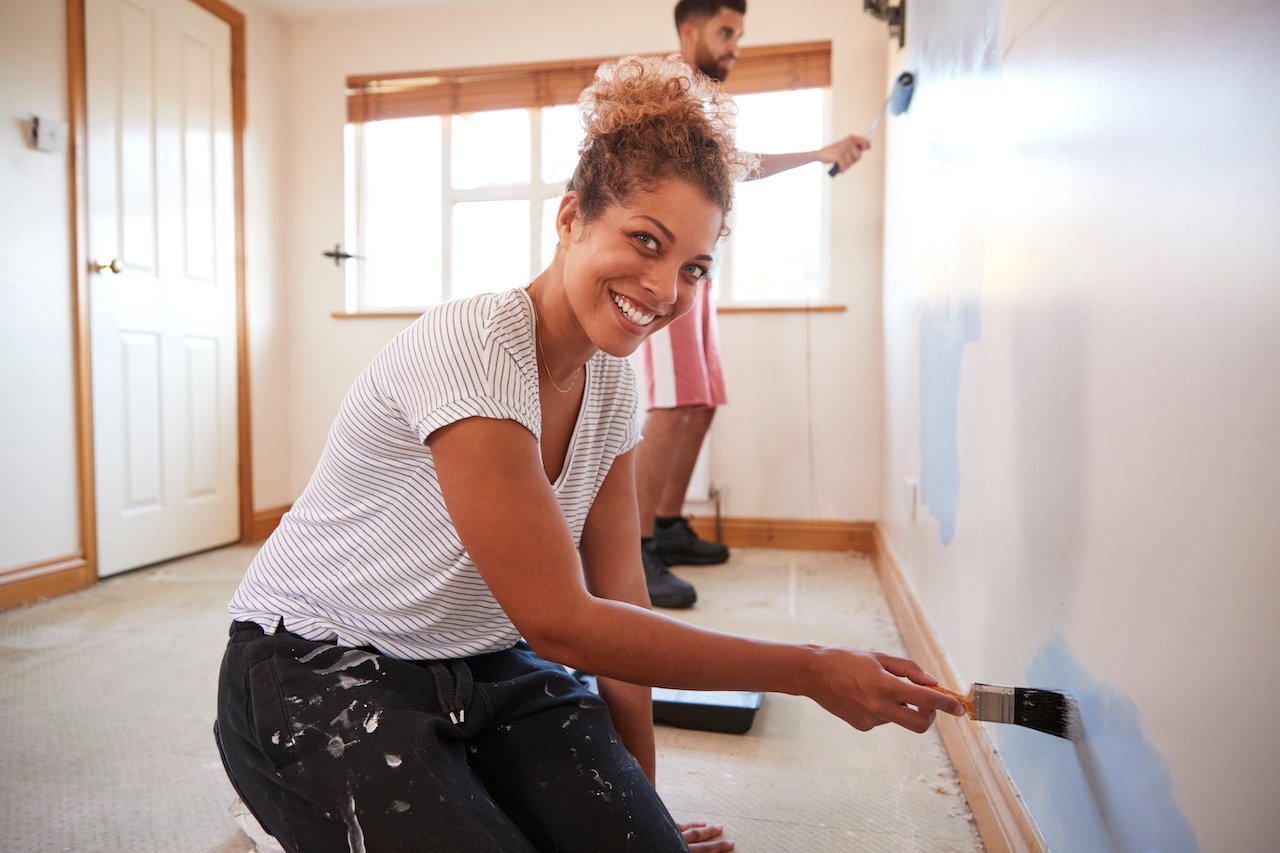
Creating an abstract painting is a deeply personal and liberating experience. Not bound by the constraints of realism, abstract art allows you to express emotions, ideas, and experiences without the need for a clear narrative. Whether you’re a seasoned artist or just starting out, abstract painting can be a delightful way to explore your creativity. Here are six abstract painting ideas to help you get started creating your own masterpiece.
1. Elemental Inspiration
Tap into the raw power of the elements to produce dynamic abstract compositions. For instance, focus on the fluidity of water with swirling blue and aquamarine tones, or harness the vibrancy of fire with bold reds, oranges, and yellows. The solidity of earth can be represented in grounding, brown hues, and the freedom of air can come through in ethereal, light strokes. Mix and match these elemental cues to create pieces that embody the very elements they represent.
2. Color Blocking
Simplicity can be spectacular with the technique of color blocking. This approach involves dividing your canvas into sections and filling them with solid blocks of color. The key is to find a harmonious balance between the hues and to consider the emotional impact of each color. Combine warm and cool tones for contrast, and consider using colors that are opposite each other on the color wheel for a vibrant tension that draws the eye.
3. Expressive Lines
Lines can be both a focal point and a guide for the eye in your abstract pieces. Use a variety of line weights and styles, from thick and bold to thin and meandering. Lines can represent a sense of movement, direction, or even serve as a direct conduit for the emotions you are trying to express. Incorporate them into your compositions to create rhythm and flow, or use them to divide space and create interest.
4. Fluid Pouring
One of the most popular techniques in contemporary abstract art is fluid pouring. This method creates striking, organic patterns as the paint flows and spreads across the canvas. To achieve this effect, mix your paints with a pouring medium and allow the colors to naturally blend and merge. Tilt and move the canvas to direct the flow, creating beautiful, unplanned designs.
5. Textured Surfaces
Introducing texture to your paintings can add a tactile element that makes art more engaging. Experiment with different materials like sand, sawdust, or modeling paste to create a variety of surface effects. These materials can be added to your paint or applied directly to the canvas before painting. Texture can also serve as a contrast to smooth areas, adding depth and making certain elements of your painting pop.
6. Collage Technique
Expand the canvas of your imagination by incorporating other mediums into your abstracts. Consider using collage materials like newspaper clippings, fabric, or even discarded objects. Secure these materials to your canvas with adhesive medium, then paint over and around them, allowing the collaged elements to interact with the paint to create layers of interest and potential meaning.
Creating abstract paintings is an adventure in self-discovery and creative expression. Remember, there are no mistakes in art, only opportunities for learning and growth. Whether you’re drawn to the chaotic beauty of fluid pouring or the structured allure of geometric abstraction, there’s an abstract painting style that’s just right for you. Take these ideas, make them your own, and enjoy the process of painting without limitation.
